The Roots of Christian Mysticism
Term 3
With Stefan G Reynolds
This course is for those who would like to discover the inner depths of the Christian tradition and its mystical dimension.
This course is for those who would like to discover the inner depths of the Christian tradition and its mystical dimension. By focusing on key mystics, this course introduces you to the rich stream of Christian mysticism and how it takes shape in different times. It spans 2000 years and is a journey in time. The Second Term covers the period from This course is for those who would like to discover the inner depths of the Christian tradition and its mystical dimension. By focusing on key mystics, this course introduces you to the rich stream of Christian mysticism and how it takes shape in different times. It spans 2000 years and is a journey in time. The The Third Term covers the period from 16th to 20th century. You can see the full list of mystics covered below. Please watch the introduction where Laurence Freeman OSB talks more about The Roots of Christian Mysticism course.
COURSE OVERVIEW
The entire course is divided into 3 terms and each term consists of 8 Lessons. It is self-paced but each lesson will probably require 2.5 hours of your time to reflect on the material and listen to the audio visual links. However, if you resonate strongly with a particular mystic you may find yourself spending much more time and researching more deeply. Once you have registered on the course you can access the material for an unlimited period of time so that you can truly study at your own pace.
Each lesson focuses on a mystic, and we learn about the times they lived in, their life witness and their spirituality. Each lesson also has extracts from their writings and inspirations to help us in our spiritual practice. There is also a bibliography, audio and visual recordings to allow you to explore further. This course is not just an intellectual exercise but a journey from the mind to the heart – a spiritual journey of discovery.
So we invite you to meditate at the beginning of each lesson and to experience this contemplative dimension of faith. If you are new to meditation, each lesson begins with a short video which introduces you to the practice and we hope you find that helpful.
This online course is inspired by the book Journey to the Heart: Christian Contemplation through the Centuries ed. Kim Nataraja and you can buy the book here.Second Term
LAURENCE FREEMAN OSB INTRODUCES THE ROOTS OF CHRISTIAN MYSTICISM
What you will discover in this course:
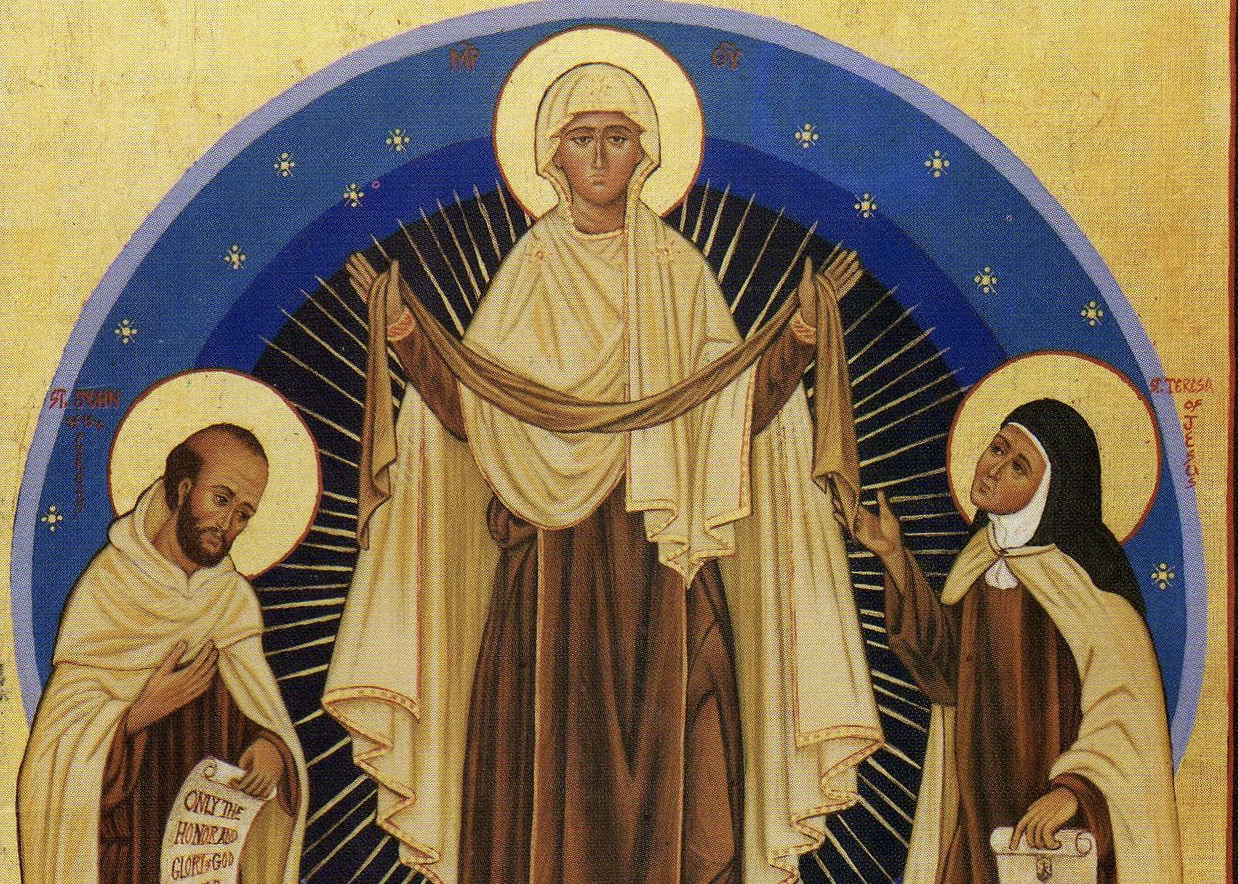
Lesson 1
St Teresa of Avila and St John of the Cross
St Teresa of Avila founded thirteen convents, and inspired the foundation of a number of male monasteries, as well as becoming the abbess of her own original Carmelite house in Avila. Her main concern was to reform the Carmelite order by reviving contemplation and prayer. St John of the Cross served as confessor and spiritual director at the Convent where Teresa was abbess. His support of Teresa’s reform, however, got him into trouble with the authorities and he was imprisoned. In prison he composed the poems that became the basis of his writings on the contemplative life.
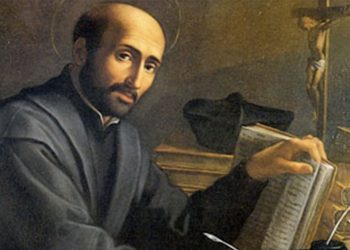
Lesson 2
Ignatius of Loyola
Ignatius of Loyolas’ spirituality centered on the ability to discern the promptings of God while living outside of a regular monastery. His Spiritual Exercises foster a careful discernment of spirits so that one can make good choices in life. Finding God in the world is a fruit of the belief that God is not only in all things but is also active in bringing all to fulfilment. The Spiritual Exercises became a program of retreat for both Religious and Lay people to enable them to discern and align themselves to God’s unique call.
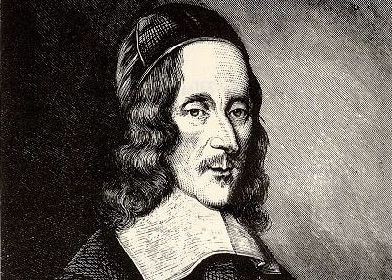
Lesson 3
George Herbert and Thomas Traherne
In seventeenth century England there was a flourishing of Christian poetry with a mystical leaning. The poets George Herbert and Thomas Traherne are now known as the ‘metaphysical poets’ because of the dominant theme of the spiritual life in their verse. Herbert represents the purgative path, Traherne the illuminative and the unitive. Together they say much about what it is to be human and yet to share in the Divine.

Lesson 4
Etty Hillesum
Etty Hillesum was a mystic outside of any particular faith. Among other twentieth century mystics she represents a turn toward a ‘universal wisdom’ across faith traditions. Etty undertook the path of self-knowledge to discover the truth within. She discovered a depth to herself which she could only call God. Finding God in herself led immediately to finding the same God in others despite the fact that she was living in the horrifying times of the Second World War.

Lesson 5
Simone Weil and Dietrich Bonhoeffer
Both Simone Weil and Dietrich Bonhoeffer were radical in their reappraisal of Christianity in the modern world. Both were creative thinkers and spoke of the need for a new kind of holiness that was not a separation from the world but a new identification with the world. The “character of the contemporary world” and the inspiration of grace impelled them toward a “mystic-prophetic spirituality-in-the-world”.
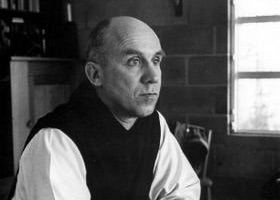
Lesson 6
Thomas Merton
Thomas Merton’s mysticism is deeply personal. There are so many sides to his character and interests, such that he has been called a postmodern mystic. He certainly saw mysticism as something connected to all aspects of life, as much about speaking out for justice as about contemplation and meditation, as much about learning to love our neighbour as about centering our life on God.
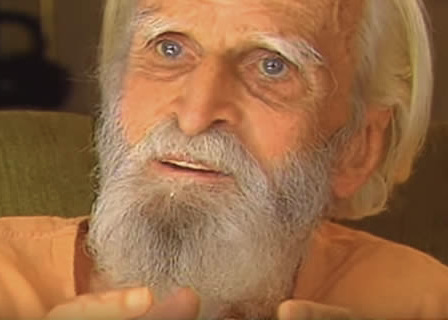
Lesson 7
Abhishiktananda and Bede Griffiths
Abhishiktananda and Bede Griffith were pioneers in bringing together the mystical experience of India and of Christianity. Just as in the earlier centuries of Christianity new insights were gained through a careful use of Greek philosophy, so now a new deepening of Christian mysticism is occurring through the encounter with Eastern spirituality in all its forms. Abhishiktananda and Bede Griffiths were among the first prophets of this contemporary exchange.
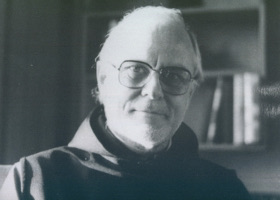
Lesson 8
John Main OSB
The Benedictine monk John Main revived a way of Christian prayer with a prayer word or phrase, which has its roots in the Gospel and was taught by the Desert Fathers and in The Cloud of Unknowing. He believed that meditation was a common ground between religions. His teaching on prayer is both practical and open, he offers a path which we can put to work in our daily lives.
What’s Included with the Course:

PEER DISCUSSION GROUPS
Expand your perspective by engaging in peer discussions around learning objectives, or start your own topic.

SEARCHABLE GLOBAL NETWORK
Search our global network of meditators and find local groups to support you in your spiritual journey.

RESOURCE LIBRARY
Get access to our vast and ever-growing resource library to supplement your practice at every stage.
The Roots of Christian Mysticism
An Online Course with Stefan G Reynolds

About Stefan G Reynolds
Dr Stefan Gillow Reynolds is Retreat Director at Mount Melleray Abbey in Ireland. He is a Benedictine Oblate of The World Community for Christian Meditation. He has a Theology Doctorate from London University and is the author of ‘Living with the Mind of Christ: Mindfulness in Christian Spirituality’ (DLT, 2016) and ‘The Wisdom of Love in the Song of Songs’ (Hikari, 2018).


